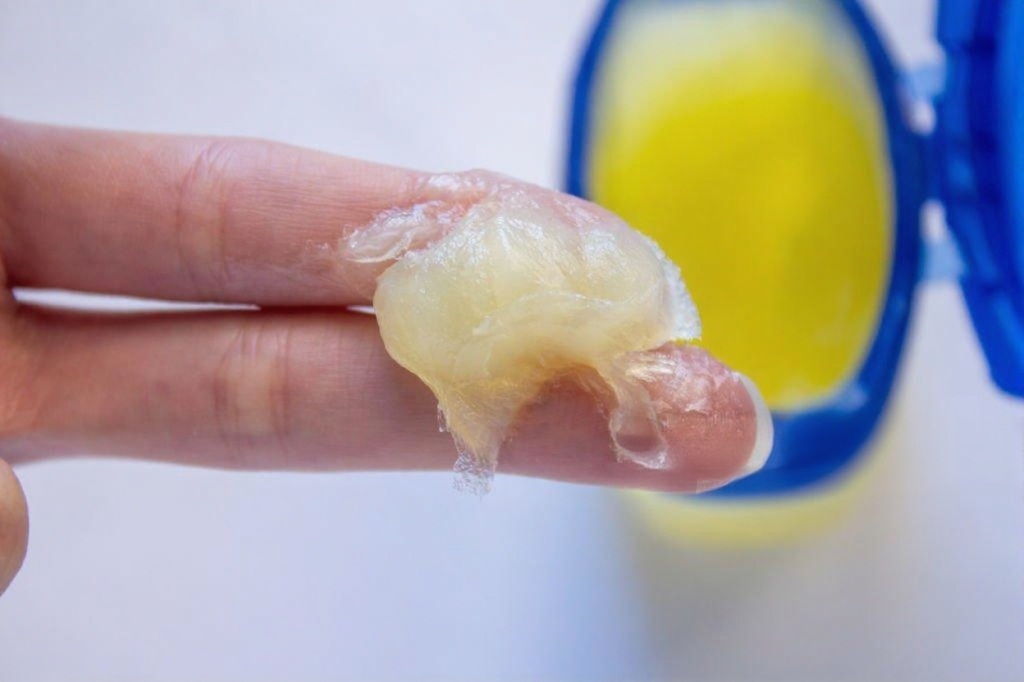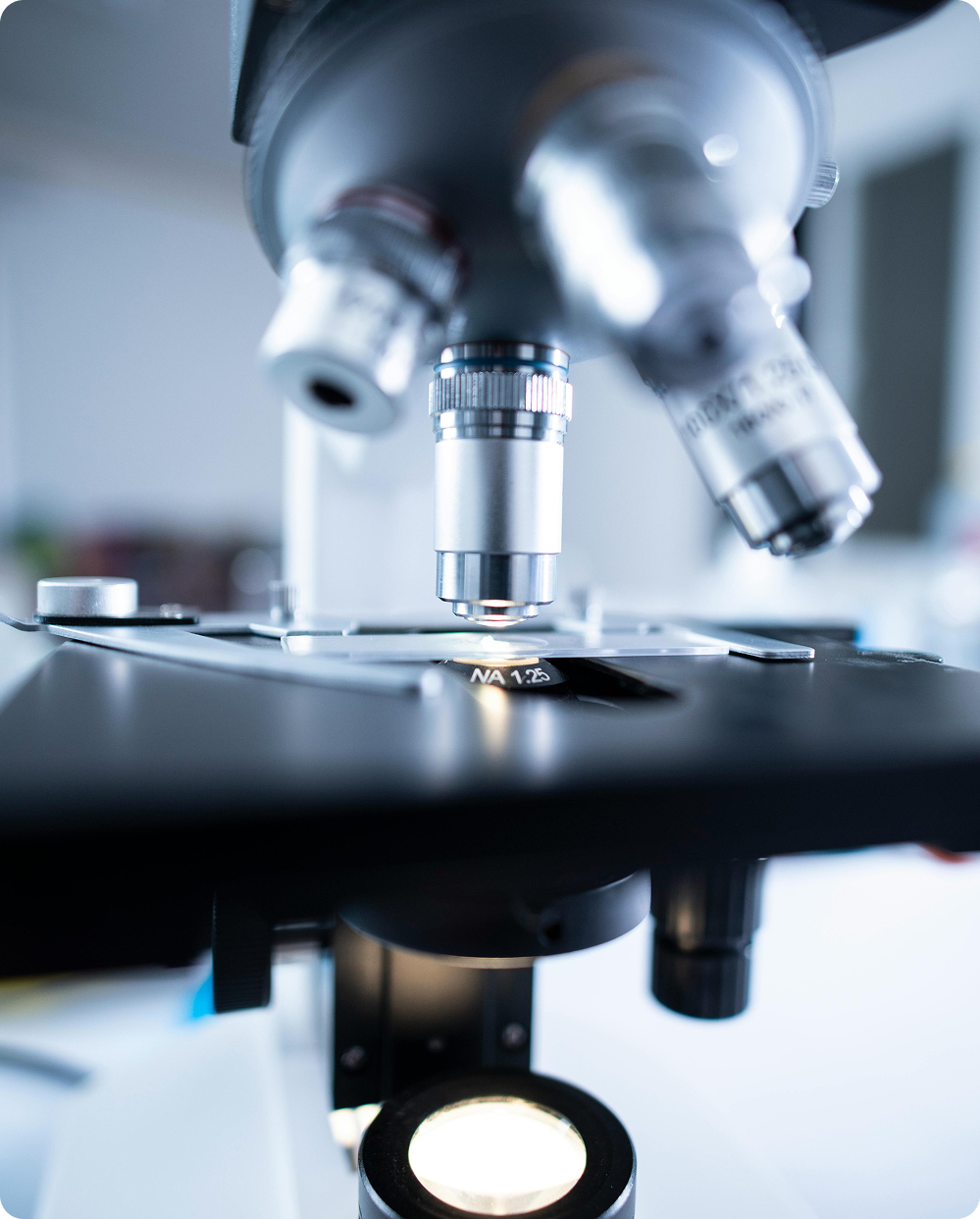Here's something most women don't learn in health class: sexual activity with male partners naturally affects your vaginal pH. Not in a bad way, just in a normal, biological way that's worth understanding.
Your vagina maintains a specific acidic environment that protects against harmful bacteria. When this balance shifts temporarily after sex, some women notice changes while others don't feel anything different. Both responses are completely normal.
Understanding how these interactions work takes the mystery out of post-sex changes and helps you support your body's natural recovery process. Your vaginal pH naturally sits between 3.8 and 4.5, creating the acidic environment your body needs [1]. When this shifts, you might notice different discharge, odor, or comfort levels.
For comprehensive background on bacterial vaginosis and pH balance, see our detailed guide on Understanding BV.
The science behind semen and vaginal pH
The biggest way your male partner affects your vaginal pH happens during unprotected sex through semen exposure. Semen naturally has an alkaline pH around 8.0, which is quite different from your vagina's acidic environment [1].
Think of it like squeezing lemon juice into milk. The alkaline semen temporarily neutralizes your vagina's natural acidity, creating conditions that can shift your normal bacterial balance.
Research shows semen triggers the growth of bacteria that act as natural pH regulators. These bacteria keep your vaginal pH elevated for 10 to 14 hours after sex [1]. During this recovery period, your vagina has less protection against potentially harmful bacteria.
Volume and frequency matter here. Your body is designed to restore its natural pH balance, but frequent unprotected sex without recovery time can keep pH elevated longer. Every woman responds differently. Some notice changes after one encounter, while others need repeated exposure to feel any effects.
Individual male factors can influence how semen affects your pH too. Diet, hydration, overall health, and age all play roles in semen composition and pH levels. These variations are usually minor compared to semen's naturally alkaline nature.
Other male factors that can affect your vaginal health
Bacterial transfer is another significant way your partner influences your vaginal ecosystem. Men carry different bacterial communities than women, including species that don't typically live in healthy vaginas [2].
The bacteria naturally found on the penis vary considerably between men. Circumcision status, hygiene habits, and overall health all make a difference. Research shows that the bacteria present on a man's penis can actually predict whether his female partner will develop bacterial vaginosis [2]. This suggests bacterial transfer during intimate contact plays a real role in vaginal health.
Pre-ejaculatory fluid contains fewer bacteria than semen but can still introduce foreign microorganisms to your vaginal environment. Oral contact adds another layer, potentially bringing oral bacteria where they don't belong in the vaginal ecosystem.
Product transfer often gets overlooked. Residues from harsh soaps, body washes, or personal care products your partner uses can transfer during intimate contact. Some lubricants can affect your pH too, especially those not designed to be vagina-friendly.
Timing matters significantly. Recent urination, showering, or genital washing affects how many bacteria your partner might transfer. Good lubrication during intimate activities reduces tiny tears that could let bacteria in and disrupt pH.
How to support your pH balance
Managing pH changes from sexual activity comes down to understanding your body's natural recovery process and supporting it when needed. Your vagina contains beneficial Lactobacillus bacteria that produce lactic acid to maintain optimal acidity [1]. These bacteria work around the clock to restore balance after pH disruptions.
Post-sex care can make a real difference for women who are particularly pH-sensitive. Gentle cleansing with plain warm water helps remove alkaline semen residue without disrupting your natural bacterial community. The American College of Obstetricians and Gynecologists specifically recommends avoiding soaps and detergents in the vaginal area because they can change your normal bacterial balance [3].
Timing becomes important for couples who notice pH-related symptoms. Allowing 8 to 12 hours between sexual encounters gives your vaginal environment time to fully restore its natural acidity. This doesn't mean limiting intimacy, just being mindful of your body's recovery needs.
For women who experience frequent pH disruptions after sex, targeted pH support can provide valuable help. Products containing lactic acid work by directly lowering vaginal pH while supporting beneficial bacteria growth. These can be particularly helpful as part of a post-intimacy routine for pH-sensitive women.
Long-term support through probiotics designed for vaginal health offers another approach. Vaginal Synbiotic+ combines targeted Lactobacillus strains with nutrients that help beneficial bacteria establish and thrive. This preventive approach builds resilience against pH disruptions rather than just treating them afterward.
Male hygiene practices benefit both partners' intimate health. The Centers for Disease Control and Prevention notes that consistent condom use helps maintain vaginal bacterial balance [4]. Simple practices like urinating before intimate contact and good genital hygiene reduce bacterial transfer.
Communication between partners is essential for optimal intimate health outcomes. Discussing pH sensitivity openly lets couples develop routines that work for both partners. This might include timing considerations, product choices, or post-activity care practices that support vaginal health.
Individual variation and when to seek help
Every woman's pH sensitivity varies considerably. Some notice immediate changes after unprotected sex, while others never experience noticeable disruptions. Hormone levels, stress, overall health, and existing bacterial communities all influence how your body responds to pH challenges.
Age and life stage play important roles too. Hormonal changes during menstruation, pregnancy, and menopause affect your vagina's ability to maintain optimal pH and recover from disruptions. Understanding these natural variations helps you adjust your intimate health approach accordingly.
While temporary pH changes after sex are completely normal, persistent symptoms need professional attention. Strong fishy odors, unusual discharge, itching, or burning that doesn't resolve within a day or two may signal bacterial vaginosis or other conditions requiring medical treatment [4].
The relationship between partners' bacterial communities is complex and still being researched. Some couples develop compatible bacterial communities over time, while others may continue experiencing pH disruptions throughout their relationship. Neither scenario reflects poorly on either partner's health or hygiene.
Working together for optimal intimate health
Managing pH balance in an intimate relationship requires understanding, communication, and sometimes practical adjustments. The goal isn't eliminating all pH changes, which are natural biological responses, but supporting your body's ability to maintain healthy balance.
Remember that pH sensitivity isn't a flaw or problem to solve. It's normal variation in how women's bodies respond to their environment. Some women benefit from pH support products, others find simple timing adjustments sufficient, and many experience no noticeable issues at all.
The most important factor is open communication with your partner about your body's needs and responses. When both partners understand how normal biological processes affect vaginal health, you can work together to maintain optimal intimate wellness for everyone.
Supporting each other's sexual health creates stronger relationships and better outcomes for all involved. Whether through product choices, timing considerations, or simply increased awareness, couples who approach intimate health as a team typically find the most sustainable and satisfying solutions.
References
[1] Lin, Y. P., Chen, W. C., Cheng, C. M., & Shen, C. J. (2021). Vaginal pH Value for Clinical Diagnosis and Treatment of Common Vaginitis. Diagnostics, 11(11), 1996. https://pmc.ncbi.nlm.nih.gov/articles/PMC8618584/
[2] Mehta, S. D., Zhao, D., Green, S. J., Agingu, W., Otieno, F., Bhaumik, R., ... & Bailey, R. C. (2020). The microbiome composition of a man's penis predicts incident bacterial vaginosis in his female sex partner with high accuracy. Frontiers in Cellular and Infection Microbiology, 10, 433. https://pmc.ncbi.nlm.nih.gov/articles/PMC7438843/
[3] American College of Obstetricians and Gynecologists. (2023). Vaginitis. ACOG FAQ. https://www.acog.org/womens-health/faqs/vaginitis
[4] Centers for Disease Control and Prevention. (2023). About Bacterial Vaginosis (BV). https://www.cdc.gov/bacterial-vaginosis/about/index.html
[5] Tevi-Bénissan, C., Belec, L., Levy, M., Schneider-Fauveau, V., Si Mohamed, A., Hallouin, M. C., ... & Grésenguet, G. (1997). In vivo semen-associated pH neutralization of cervicovaginal secretions. Clinical and Diagnostic Laboratory Immunology, 4(3), 367-374.







.jpg)
